The Aiguille du Midi is one of the highest - and most famous - ski lifts in the world. We look at the amazing history behind the construction of this remarkable cable car.
Although the Montenvers cog railway already existed In the early 20th century, to take visitors up to the Mer de Glace, there always was ambition to go even higher…to the Aiguille du Midi.
An ‘Aerial Funicular’
In the early 20th century, the cable car concept was still in its infancy. Skiing as a ‘sport’ was still to take off, but the first steps came when Marc Eugster, Léon Estivant and Emile Dollot saw the potential for tourism year-round in Chamonix.
On June 02 1910, a 65-year operating agreement was signed between the Municipality of Chamonix and the new cable car company to create a first cable car – also known as an ‘aerial funicular’ - from the hamlet of Pélerins.
Work was held up by World War I, and then Eugster, the main shareholder, went bankrupt. This led to a new company ‘Société Française des Chemins de Fer de Montagne’ taking over in 1922.
This time work progressed well and the Para mid-station at 1685m opened in time for the first Winter Olympic Games, held in Chamonix in 1924.
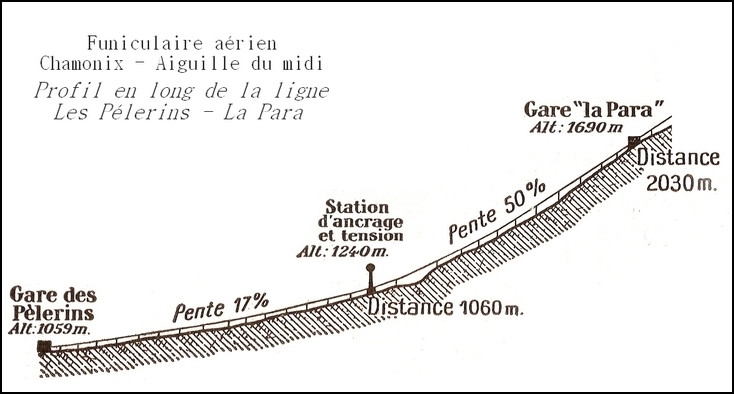
Second section opened in 1927
In August 1927, a second section connecting Para to the Glacier Station (2414m) was opened to become the world’s highest ski lift (until the Brévent cable car opened on the other side of the valley in 1930).
The cabins were small but included first- and second-class options. First class was travel in a closed cabin, second-class you were open to elements. And it wasn’t cheap: a ticket was the equivalent of a month's wages for an average worker.
You can see the original cabin in the entrance to the current Aiguille du Midi lift in Chamonix:
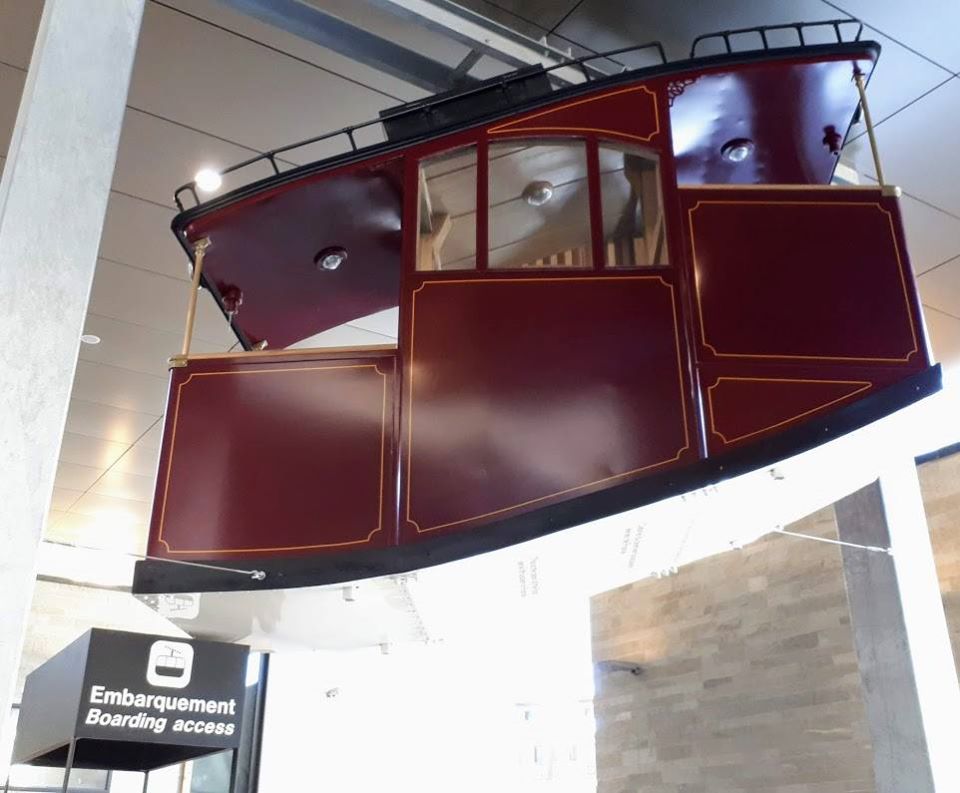
Profitable at last
Despite financial struggles, by 1937, the lift was profitable, mainly thanks to the train and bus links that opened from the centre of resort.
However, the final goal was always to reach the Aiguille du Midi and it was decided that for this to work, the cable route needed to be to the east of the summit rather than the west.
Again, war intervened, so it was only in 1951 that construction began again for a new cable car directly to the summit starting with a new mid-station at Plan de l'Aiguille (2310m).
The new Aiguille du Midi cable car was put into service in 1955 on the route we are familiar with today.
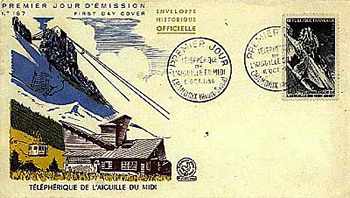
An essential part of any visit to Chamonix
From its peak height at 3842m, the Aiguille du Midi is an essential part of any visit to Chamonix. Whether you are planning to ski the Vallee Blanche or simply admire Mt Blanc – Europe’s highest mountain.
We recommend buying your tickets in advance if possible, or if not arrive early in the morning as the queues build quickly. Make sure you wear warm clothing, sunglasses and sunscreen. And take your time – it’s easy to forget that only 20 minutes ago you were at 1000m in town and now your lungs will be fighting for oxygen. Take it slowly and enjoy the views…you’ll never forget it.
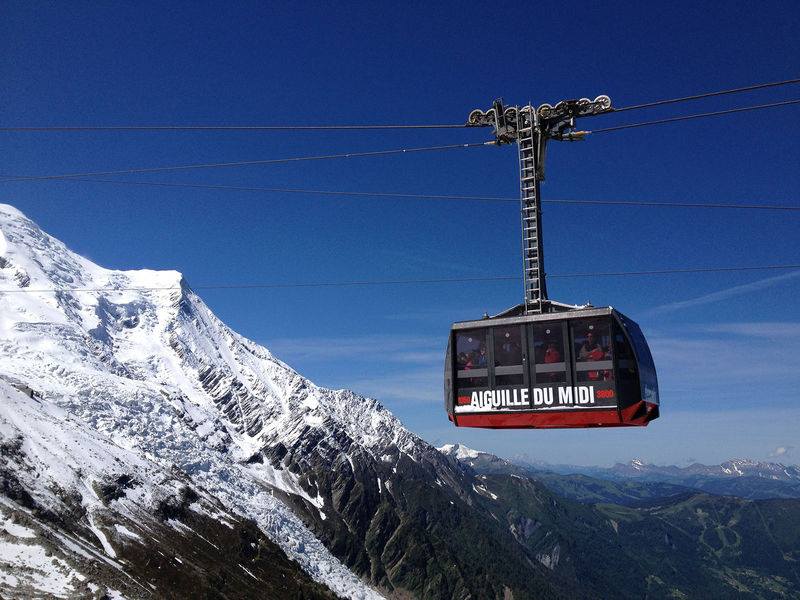
Visit the old Para mid-station
The abandoned Para cable car station in Chamonix is one of the eerie places in Chamonix. Full of history, lost in the forest, this building was part of the first cable car lift from Chamonix valley to the peaks around this world-famous resort.
A visit to the Para station in summer is a fascinating hike. The route takes you via La Cascade du Dard Refuge through the forest route with wonderful views towards Les Houches through the trees.
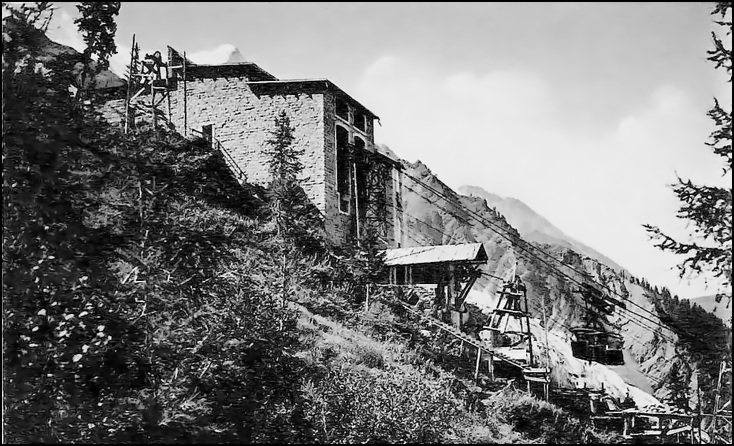
The walls and roof of the station are still standing, and one of the cabins can be seen, as if it was about to depart with ghosts from the past.
Frozen in time, it’s an insight into the will and ambition of those early pioneers. Just close your eyes and imagine the tourists of a hundred years ago.
---------
Ski Weekends in Chamonix
Ski Weekend can pre-book tickets for all of our guests in Chamonix. Find out more about accommodation options and ski weekends in Chamonix from £150.
